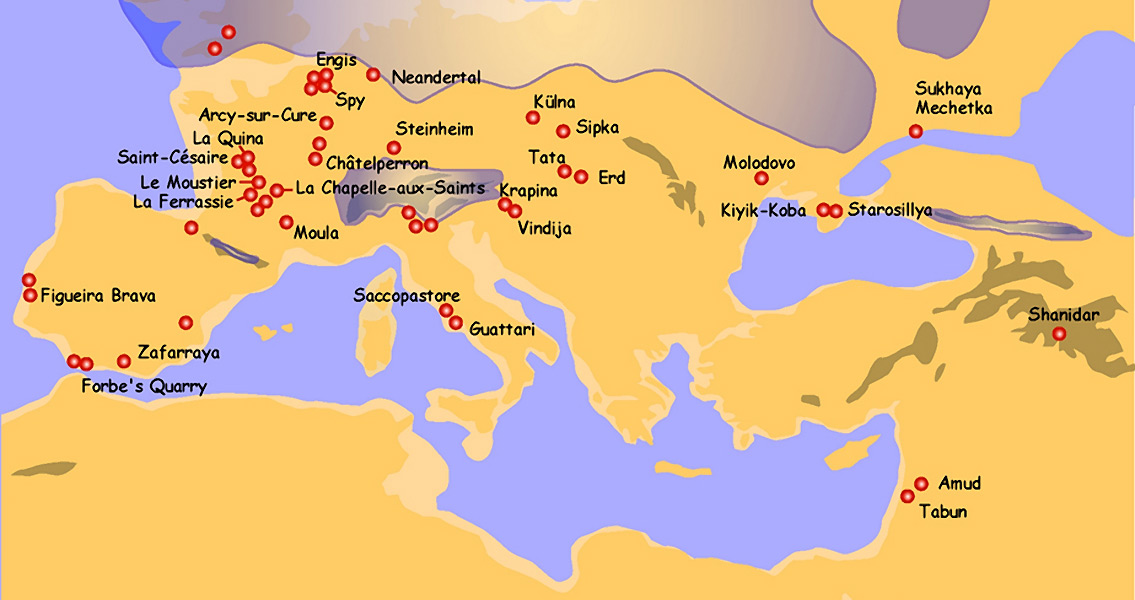<![CDATA[A new study has found that Neanderthals arrived on the Italian peninsular 250,000 years ago, 100,000 years earlier than previously thought. The new research has the potential to cause a significant rethink over the timing and distribution of proto-humans across Prehistoric Europe. Two Neanderthal skulls, discovered in a gravel pit in Saccopastore near Lazio in the 1930s, were the basis of the researchers' study. The team carried out an analysis on radioactive deposits found in sediments in the two skulls, to date them to 250,000 years ago. Speaking to Italian website the local, Fabrizio Marra, one of the researchers involved in the study, said, "The results of our studies show that the Saccopastore remains are 100,000 years older than previously thought – and push back the arrival of Neanderthal man in Italy to 250,000 years ago." The team studying the two skulls was made up of scientists from the Italian Institute for Geophysics and Volcanology, working alongside paleontologists and anthropologists from the Sapienza University in Rome and the University of Wisconsin-Madison in the United States. Neanderthals were similar to humans in appearance, although they were shorter and stockier. Their faces generally featured wide noses, a prominent brow ridge and angled cheek bones. They are our closest extinct relatives. Marra and colleagues' study suggests that Neanderthals made their way to the Italian peninsular "at roughly the same as (their) arrival in Europe." Thriving in Europe for much of the Pleistocene epoch, Neanderthal remains have been found across the continent, from the Black Sea coast of Russia to the Atlantic coast of Spain. Based on fossil evidence, it is widely assumed that they went extinct around 40,000 years ago, although recent research suggested that they may have actually gone extinct slightly earlier, around 45,000years ago. Exactly what caused our genetic cousins to disappear from the continent is a hotly contested issue. Theories range from the effects of humans, whether through increased competition for food and resources or by humanity inadvertently spreading fatal diseases to the Neanderthals, to climate change or even a major volcanic eruption. Prior to this study, the earliest Neanderthal specimen found in Italy was Altamura Man. Discovered embedded in a limestone cave in Southern Italy in 1993, an analysis of the calcium deposits on Altamura Man’s skeleton suggested he was between 128,000 to 187,000 years old. The skeleton is renowned for providing the oldest ever DNA sample extracted from a Neanderthal. Marra and his team were inspired to analyse the Saccopastore remains further by a mystery which has plagued scientists since the skulls were first discovered. Eleven stone artefacts found at Saccopastore seemed to be significantly older than the bones themselves. By re-dating the skulls, this inconsistency has been cleared up. The findings will be published in the journal Quaternary Science Reviews, later this month. Image courtesy of Wikimedia Commons user: 120]]>
Neanderthals Migrated to Italy Earlier Than Thought
